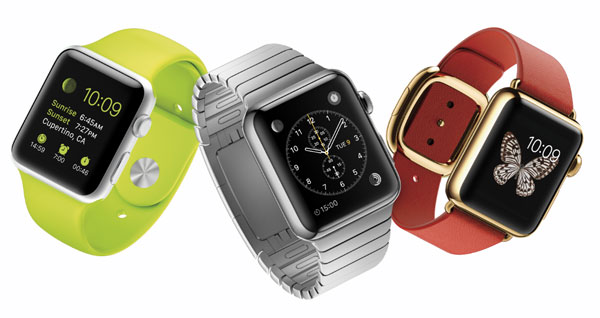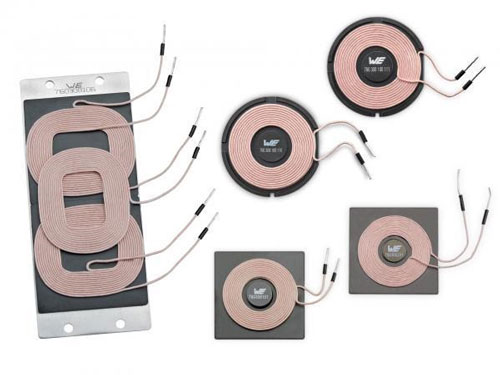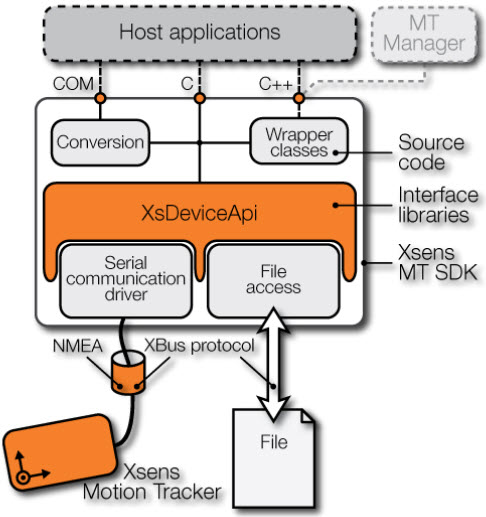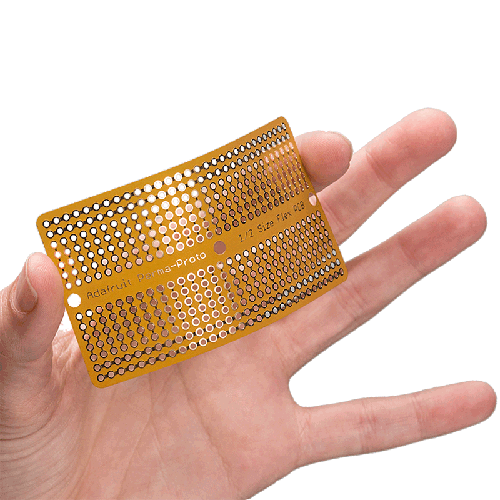Clothing with fabrics containing flexible chips or that are woven with fibers which are already the components themselves, glasses with materials that can change the refractive index, polarization and become displays are some of the innovations that the technology of wearable is promising and already offering in some products.
To add the electronic wearable products it is not enough to create them using components of conventional technologies.
The wearable, the same way the components for industrial and automotive use require special technology to adapt to the environmental conditions in which they must operate.
In addition to the mobility required like a jacket, pants or other wearable that are subject to bending, efforts and even pokes, we still have the environmental conditions ranging from humidity to heat and cold.
Common components, such as those obtained silicon-based chips which are solid and fragile aren’t suitable for most of these applications.
In many cases, the reduced size of the chip also enables the application, but the casing must be restudied.
This is really happening and many manufacturers now offer special lines of components to be wearable used.
This is the case of MOUSER ELECTRONICS that counts, not only with its own line of components for these applications, as well as extensive documentation that helps designers to create their products.
We can give many examples of specific components to be used in wearable, which can certainly give the reader great ideas about new products, involving an item that is not as affected by the crisis that is fashion.
Low Consumption
The first problem to be addressed by a fashion designer is the power consumption.
The consumption should be low, as the difficulty in accessing an external energy as be the possible weight of a battery of greater power.
Although there are quite interesting solutions being studied to generate power in the wearable itself, for example, chips that convert body heat into energy or piezoelectric fibers which convert the bending of the fabric of ta pair of pants when we walk into power, they are not available with the efficiency we need yet.
The wearables themselves can become chargers for other devices. People have been studying a piezoelectric fabric for pants containing a cell phone charger.
The movement of our walk flexing the fabric of our pants generates energy for the cell charger in our pocket being loaded by movement.

Thus, in addition to the batteries of high energy density such as those used in watches we have several other products that help in the management of the energy consumed by a wearable.
The adapters which allow the battery charging USB outputs are other features that can be incorporated into wearable.
In the case of wearables our concern is that they may be as small as possible. MOUSER ELECTRONICS offers several choices of USB chargers.
The most popular solution is the one that makes use of wireless systems, where the energy is transferred from the charger to the battery charging circuit with inductive resources. In Figure 2 there are examples of coils used in these applications.

Sensors
Other important components of the wearable project are the sensors.
We can cite as an example the humidity and temperature sensors which are important and there are a wide variety of types.
The HDC100x, for example, from Texas Instruments is especially suitable for wearable applications. This component measures the relative humidity on a scale of 0 to 100% with 14-bit of resolution which makes it ideal for applications involving fitness.
See on Mouser website http://www.mouser.com/new/
Figure 3 shows a more important product for wearable.


This is a fourth-generation sensor suitable for applications in training and simulation, not human control, subsea systems, etc.
Flexible Circuits
We finally have the circuit assembly solution on flexible boards which can be integrated into the fabric itself, following its bendings smoothly.
These boards should offer high resistance to the movements as well as having a high electrical reliability.
In Figure 4 we have a flexible board example Flex Terma Proto which can be easily acquired for the development of designs.

Conclusion
What will come on the next wave? We do not know. May be the edible or implantable but we certainly see a trend that we've covered in our other articles.
The electronics is increasingly integrating intimately to our body, and it should in future generations be part of us.
Implantable or edible chips can make a wireless interaction of our body to devices of all kinds and the world itself through the Internet.
Wait and see.



